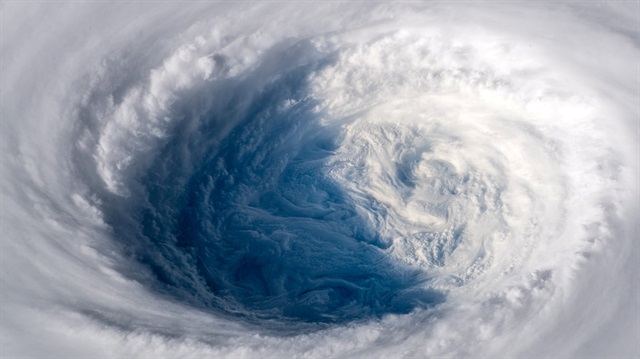
A powerful typhoon headed towards Japan's main island on Sunday forcing the cancellation or suspension of airline and train services and causing power outages and evacuations from areas still recovering from a typhoon last month.
Kansai International Airport in Osaka, western Japan, which was heavily flooded by a typhoon last month, said it had closed its runways from 11 a.m. (0200 GMT) on Sunday until 6 a.m. on Monday. The airport only fully reopened on Sept. 21.
Airlines cancelled more than 1,100 flights, public broadcaster NHK said. And most of local trains and bullet trains in central and western areas suspended operations on Sunday, operators West Japan Railway and Central Japan Railway said.
East Japan Railway said it will halt all train services in the Tokyo metropolitan area from 8 p.m. (1100 GMT) on Sunday and operations of some bullet trains were also suspended.
Tokyo Metro announced it will suspend operation of some subway trains from 9 p.m.
Japan issued evacuation orders and warnings to about 700,000 households in southern and western Japan and more than 300,000 households have suffered power outages in southern Okinawa and Kagoshima prefectures, said NHK, adding about 60 people had been injured in Okinawa and Kagoshima.
A woman in her 60s went missing in Miyazaki prefecture, southern Japan, after she was washed away in a paddy irrigation channel, according to NHK.
Japan Meteorological Agency issued warning of landslides and flooding from possible storm surges.
Typhoon Trami, rated category 2 by Tropical Storm Risk, with category 5 the highest, is currently heading towards Japan's northeast. It will cross the islands of Kyushu and the main island of Honshu between Sunday and Monday, a path similar to that taken Typhoon Jebi early in September.
Typhoon Jebi, the most powerful storm to hit Japan in 25 years, brought some of the highest tides since a 1961 typhoon and flooded Kansai airport near Osaka, taking it out of service for days.


